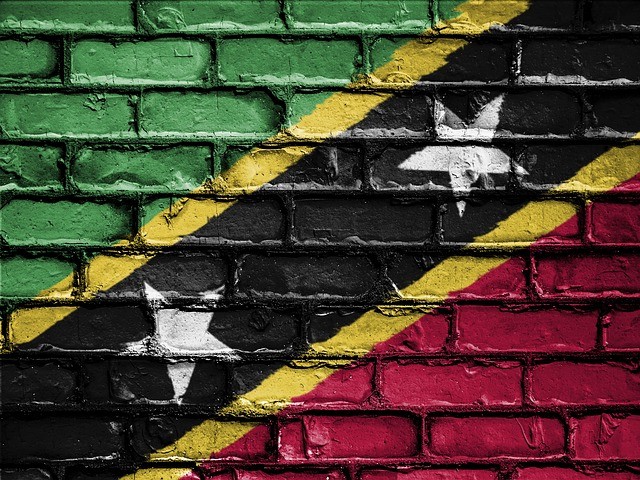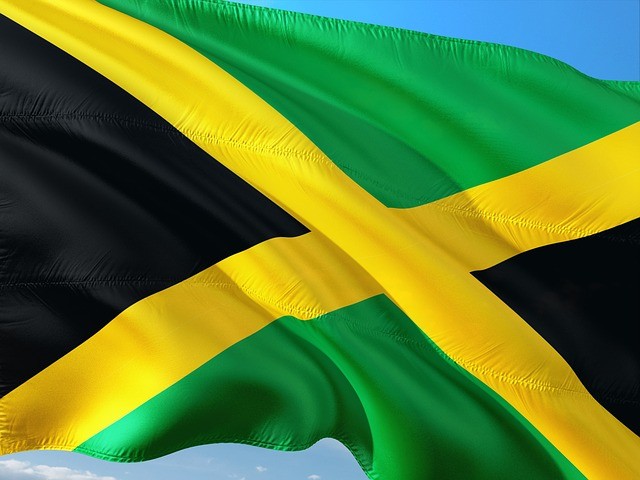External debt has always been a reliable and the last resort for the countries that face economical disaster due to management or natural factors. Some developed countries wildly spend during their boom years that resulting in piling up their external debt.
The debt is usually given by the IMF (international monetary fund); an institution specially developed for this purpose. It can also be given by developed countries to the less developed dependent upon the political relations between the countries.
It should be taken into account that aid and debt are two different things. It has to be eventually paid in lump sum or installments with a heavy interest rate over several years; depending upon the agreement and credibility of the country. Whereas aid is the financial help usually given to the poverty-stricken regions of the world, and it is not supposed to be paid back.
Below is the list of the top ten countries in the world with the highest debt rates in comparison to their GDP ratios. The list belongs to it, but some names would surprise us all.
1. ZIMBABWE:

With a figure of almost 230.8%, Zimbabwe is the country with the highest debt in the world. There was a variety of economic hurdles in the last decade which led to an enormous increment in it. These include corruption, mismanagement, and controversial measures by the government such as the land distribution scheme of 2000. Inflation is also very very high in the country.
2. JAPAN:

Japan is the third-largest economy in the world after the USA and China the recession of 2009 led the country to borrow. The frequent natural disasters such as earthquakes and tsunamis constantly place Japan in the need of debt. The country is still in a good position to recover because of its large industrial capacity.
3. SAINT KITTS AND NEVIS:

The country’s economy is expanding so is its spending this has led to an accumulated debt of almost 200.1 of its GDP. The recent expansion of its tourism industry has proven to be very beneficial for the economy.
4. GREECE:

With the figures of almost 165.3 percent of external debt, Greece is the highest debt-ridden country in the eurozone. The country wanted their figures enough to stay in European Union. As the result, the European Union had to pay billions of euros to save the country,s economy from total collapse. Despite all this, the spending by the country has been increasing immensely.
5. LEBANON:

The economy of the country has actually grown in the last couple of years., although it still faces certain financial constraints because of the huge external financing needs. The debt is bringing down the economy’s progress and proving to be a hurdle in building the infrastructure of the country.
6. ICELAND:

Iceland’s economy suffered a lot in 2010 when it’s ranked by almost 3.5% decreases and if it does not recover the country will move into recession. The recent figures for Iceland are 123.8% of its GDP.
7. JAMAICA:

Jamaica‘s debt burden increased between 1996 and 2003 when the country faced a severe drought in the agricultural sector. One of the interesting points is that 55% of it is owned by the domestic sector. According to UNDP, some steps have been taken by the country to reduce the burden.
The most effective of debt is Jamaica’s debt exchange program (JDX) to reform its tax policy and restructure the domestic debt.
8. ITALY:

Italy may seem to be a financially stable European country, but it isn’t. Italy has the second-highest of debt after Greece in the eurozone. Some steps have been taken by the central bank recently to reduce the tax burden. The current figures for Italy are 118.7 %, and the cumulative probability of default is 19.3%.
9. SINGAPORE:

Singapore’s economy began to crumble in 2011 because of a slowdown in manufacturing and a slight drop in financial services as well. Although the government’s revenue increased immensely in 2010 the increased public spending after the recent elections would likely lead to higher external debt. The current percentage of Singapore according to GDP is 102.4 % which is also alarming.
10. BELGIUM:

Belgium is in the tenth position in the list of top ten countries. The debt as a percentage of Belgium's GDP is 98.6 Belgium has always been under debt for the last two decades with figures crossing 141% of GDP in the 90s although it has dropped immensely since then, thanks to the government.
But recently due to the political instability in the country, the debt has begun to rise again.IMF has threatened to downgrade the country's credibility if it fails to form a government by June.
See More As:




